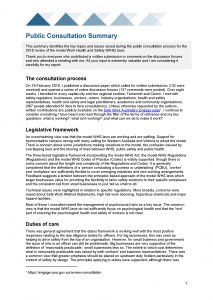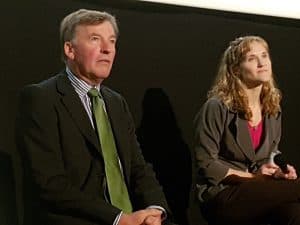 The Independent Review of Model WHS Laws being conducted by Marie Boland released a Public Consultation Summary on August 17 2018. Boland lists the concerns raised with her as including:
The Independent Review of Model WHS Laws being conducted by Marie Boland released a Public Consultation Summary on August 17 2018. Boland lists the concerns raised with her as including:
“the blurring of lines between WHS [work health and safety], public safety and public health”
“The length and complexity of the Regulations and Codes”

 Workplace injury statistics are always less than reality as they are
Workplace injury statistics are always less than reality as they are 


